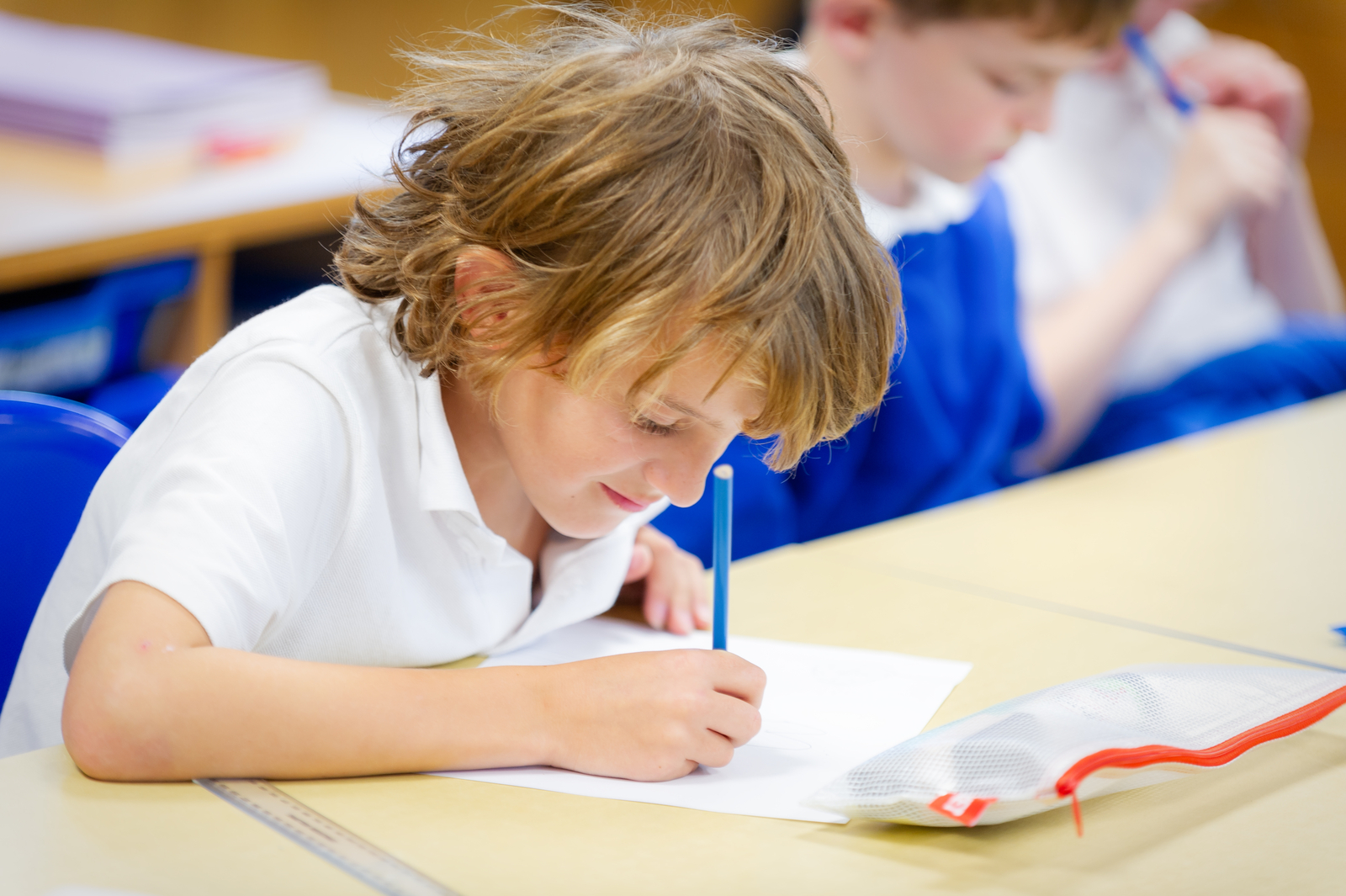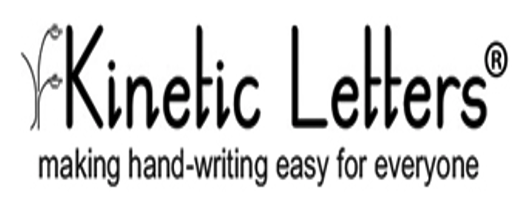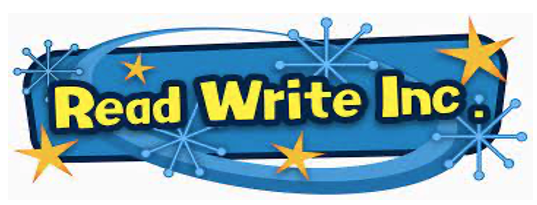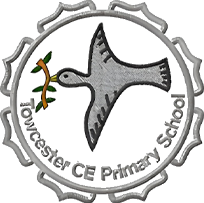Curriculum
At Towcester Church of England Primary School, we aim to teach an ambitious, high-quality and enriching curriculum that enables all children to reach their full potential. Our curriculum prepares our students with the knowledge and skills for their future learning. It is a place where we nurture and prepare children to flourish in all that they do. We achieve this through developing a love of learning and a thirst for knowledge. Children learn how to love God, one another and themselves through our School and Christian values and this ensures our children leave our school as role-models for society.
To find out more about our curriculum, please contact our Headteacher via the school office.
Early Years Foundation Stage
In our Foundation Stage, we are a united team with play-based child centred learning at the heart of all our practice. At Towcester C of E Primary School, our children are eager to learn and are happy and highly motivated individuals. We promote our love of learning through rich and challenging learning environments; opportunities to explore, take risks, become independent thinkers, and experience life first hand.
Every child is unique. At our school, we celebrate difference and encourage children to develop into wonderful learners and community members. We aim high in Foundation Stage for all of our children regardless of background or previous life experience. This is because we want every child to have the best possible start to their education journey. We carefully plan our provision to suit the needs of all children at different stages of development. We ensure all children thrive and succeed and create learners who are well-rounded, independent, resilient and who have had the chance to access the many different opportunities we have to offer.
We celebrate all success in Foundation Stage, from both school and home. We truly believe that everyone deserves the opportunity to feel proud and enjoy celebrating achievements, no matter how big or small.
The wonderful children at our school are at the heart of all that we do. We build positive relationships with them, help them grow and develop and nothing is more rewarding than seeing the individual they have become when they leave us at the end of the year. When they leave Foundation Stage, our children are happy, proud, independent and motivated to take on the challenges of Key Stage One.
The EYFS Curriculum
Our curriculum sets out the following:
- The 7 areas of learning and development which guide professionals’ engagement with your child’s play and activities as they learn new skills and knowledge
- Expected levels that your child should reach at the end of the reception year; these expectations are called the “Early Learning Goals (ELGs)”
Your child will be learning skills, acquiring new knowledge and demonstrating their understanding through 7 areas of learning and development. Children should mostly develop the 3 prime areas first.
Prime Areas
- Communication and language;
- Physical development; and
- Personal, social and emotional development.
These prime areas are those most essential for your child’s healthy development and future learning. As children grow, the prime areas will help them to develop skills in 4 specific areas. These are:
- Literacy;
- Mathematics;
- Understanding the world; and
- Expressive arts and design.
Characteristics of Effective Learning
There is a strong emphasis on the characteristics of effective learning in the Early Years Foundation Stage:
Playing and Exploring - Engagement
- Finding out and exploring
- Playing with what they know
- Being willing to ‘have a go’
Active Learning - Motivation
- Being involved and concentrating
- Keeping trying
- Enjoying achieving what they set out to do
Creating and Thinking Critically - Thinking
- Having their own ideas
- Making links
- Choosing ways to do things
You can find out more about the Early Years Foundation Stage which includes the early learning goals at www.foundationyears.org.uk. The foundation years website also includes a range of resources and contacts.
Phonics

Read Write Inc., developed by Ruth Miskin, provides a structured and systematic approach to teaching literacy. It is used by more than a quarter of the UK's primary schools and is designed to create fluent readers, confident speakers and willing writers.
Each Read Write Inc. programme meets the higher expectations of the new curriculum and uses effective assessment to accelerate every child's progress.
Read Write Inc - Our Phonics Scheme
The Government strongly recommend the use of synthetic phonics when teaching early literacy skills to children. Synthetic phonics is simply the ability to convert a letter or letter group into sounds that are then blended together into a word.
Here at the Towcester CE Primary School, we are using the Read Write Inc (RWI) programme to get children off to a flying start with their English. RWI is a method of learning based upon letter sounds and phonics, and we use it to aid children in their reading and writing.
Reading opens the door to learning. A child who reads a lot will become a good reader. A good reader will be able to read more challenging material. A child who can read more challenging material is a child who will learn. The more a child learns, the more he or she will want to find out.
The children are assessed regularly and grouped according to their ability. They will work with a RWI trained teacher or teaching assistant.
Our Read Write Inc 'Reading Leader' is Mr Thomas
Reading
When using RWI to read the children will:
- Learn 44 sounds and the corresponding letter/letter groups using simple prompts
- Learn to read words using sound blending (Fred talk)
- Read lively stories featuring words they have learnt to sound out
- Show that they comprehend the stories by answering 'Find It' and 'Prove It'
Writing
When using RWI to write the children will:
- Learn to write the letter/letter groups which represent the 44 sounds
- Learn to write words by saying the sounds and graphemes (Fred fingers)
Talking
When using RWI the children will also work in pairs:
- To answer questions
- To take turns talking and listening to each other
- To give positive praise to each other
Blending
Help your child learn to read words by sounding-blending (Fred talk) eg. c-a-t = cat, sh-o-p = shop. Children learn to read words by blending the letter-sounds that are in the Speed Sounds set (shown further down the page).
Help your child to say the pure sounds ('m' not 'muh', 's' not 'suh' etc.) as quickly as they can, and then blend the sounds together to say the whole word.
Reading Books Sent Home
Children in Reception who are learning the first 44 letter sounds and are not blending fluently will bring home sound sheets, Reading Wall Challenge book and a library book for you to read with them.
Once children can blend fluently and know the first 44 sounds they will bring home Ditty sheets or a red Ditty book as well as a Reading Wall Challenge book and a library book.
Read Write Inc Books
Please encourage your child to read though the speed sounds page first, then the green and red words page and then check your child understands the meaning of words on the vocabulary check page, before they start reading the book. Your child will have read this book at least three times before they bring it home. They should be able to read this book with fluency and expression by the time they bring it home and they should have a good comprehension of what the book is about. At the back of the book are find it/prove it questions for you to do with your child.
Finally, don't worry if your child is struggling at first with their sounds and words, they will get there in their own time. If you have time (we know it is very precious!), we would urge you to try and read stories to your child before they go to bed. This will help develop a wider vocabulary which makes a vast difference to their quality of writing but it will also encourage them to enjoy a good story.
Here’s more information on phonics and resources for parents:
Parents - Ruth Miskin Literacy
Reading
At Towcester C of E Primary School, we strive to create life-long readers, who have an enthusiasm to read competently in a range of contexts, as well as a love of reading for pleasure.
Reading skills are taught through English sessions and are reinforced throughout the whole curriculum. Teachers deliver whole-class reading sessions where various text types are explored and children are taught a range of reading skills such as retrieval, vocabulary and inference. We use the National Curriculum objectives and skills-based progression maps to inform our planning.
Throughout the school, we value Reading for Pleasure and children enjoy reading and listening to books every day. All children have the opportunity to borrow level-specific reading books; these are phonetically decodable in Reception, Year 1 and where necessary in subsequent years. Children visit the school library once a week where there are a range of fiction and non-fiction books to borrow. All classes have a Reading Wall Challenge, that contains a selection of high-quality books from a range of authors pitched at the appropriate reading age for the class.
All children are encouraged to share books at home as this is a crucial part of a child’s reading journey. Children are expected to read at home at least three times a week and this is recorded in the child’s ‘Reading Record’ logbook.
Towcester Primary Reading Intent Statement
Towcester Primary School Reading Spine
Writing Composition
At Towcester Primary School, we believe that all children should become confident and competent writers; able to create compositions in a range of genres and for a range of audiences. We aim for our children to enjoy expressing their ideas accurately and creatively, adapting their style to suit their purpose.
All year groups apart from Reception and Year 1 learn writing through genre coverage. Each unit of work lasts 3 weeks. During each unit, children are exposed to a high-quality book stimulus to provide the context for the modelled and independent writing. Age-appropriate modelled texts are analysed to support structuring and composing writing. This is ‘reverse planned’ to identify the key ingredients and components of the genre. The reverse plan is then used to support children to plan their own independent writing.
Working walls are a prominent feature in each classroom. Teachers use these walls to model work during the learning journey of each genre. Children use the working walls to support their understanding and independence when writing.
At Towcester C of E Primary School, we use the National Curriculum in England 2014 Framework for English as the basis for our curriculum planning.
Towcester Writing Intent Statement
Writing Transcription

Handwriting

At Towcester C of E Primary School, we follow the Kinetic letter handwriting programme. This enables children to develop body strength and formation of letters, so becoming fluent and automatic in their writing which frees up their minds for imagination and content.
The underlying principles of Kinetic Letters®:
- Building physical strength underpins handwriting, as poor writing may be due to poor strength.
- Children are not expected to do anything before they are developmentally ready for it.
- The different components of writing are mastered individually before being used in combination.
- Letters are learnt as movements not as visual shapes and movement remains central to developing flow and accuracy.
- When handwriting is automatic, the brain can concentrate on content.
Please see the Kinetic Letter website for more information.
Spelling

At Towcester C of E Primary School, we teach spelling for 15 minutes every day in Years 2 to 6, following the National Curriculum spelling rules. Each week children focus on a new rule/phoneme applying core techniques learnt in Read, Write, Inc phonics to support their learning and application of the spelling rule.
The daily spelling lesson follows a set structure to optimise opportunities to revise previously learnt phonemes/graphemes, read words containing the new rule, ‘pinching’ sounds to support spelling and applying learning through dictation.
Spelling lesson structure:
1. Teacher ‘Fred talks’ the rule.
2. Dots and dashes are applied to identify single sounds, special friends and chatty friends.
3. Choral reading of words that fit the spelling pattern.
4. Teacher models – ‘Fred talk’ and ‘pinches the sounds’.
5. Children echo and write words on whiteboards.
6. Review spellings using letter names and the sound chart using the ‘Tick and Fix’ process.
7. Dictation
Towcester Writing Intent Statement
Our Subjects
Curriculum (ID 1001)







